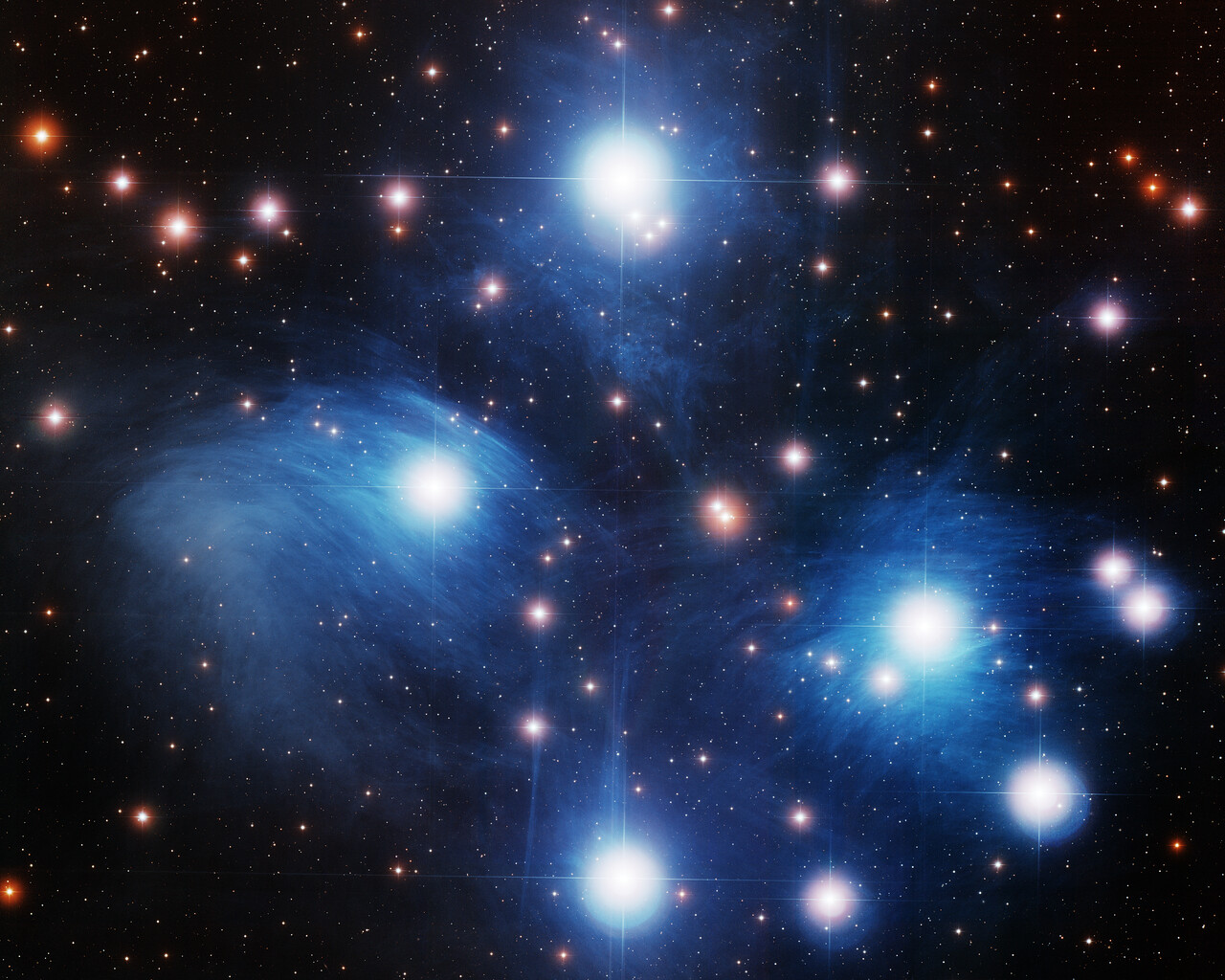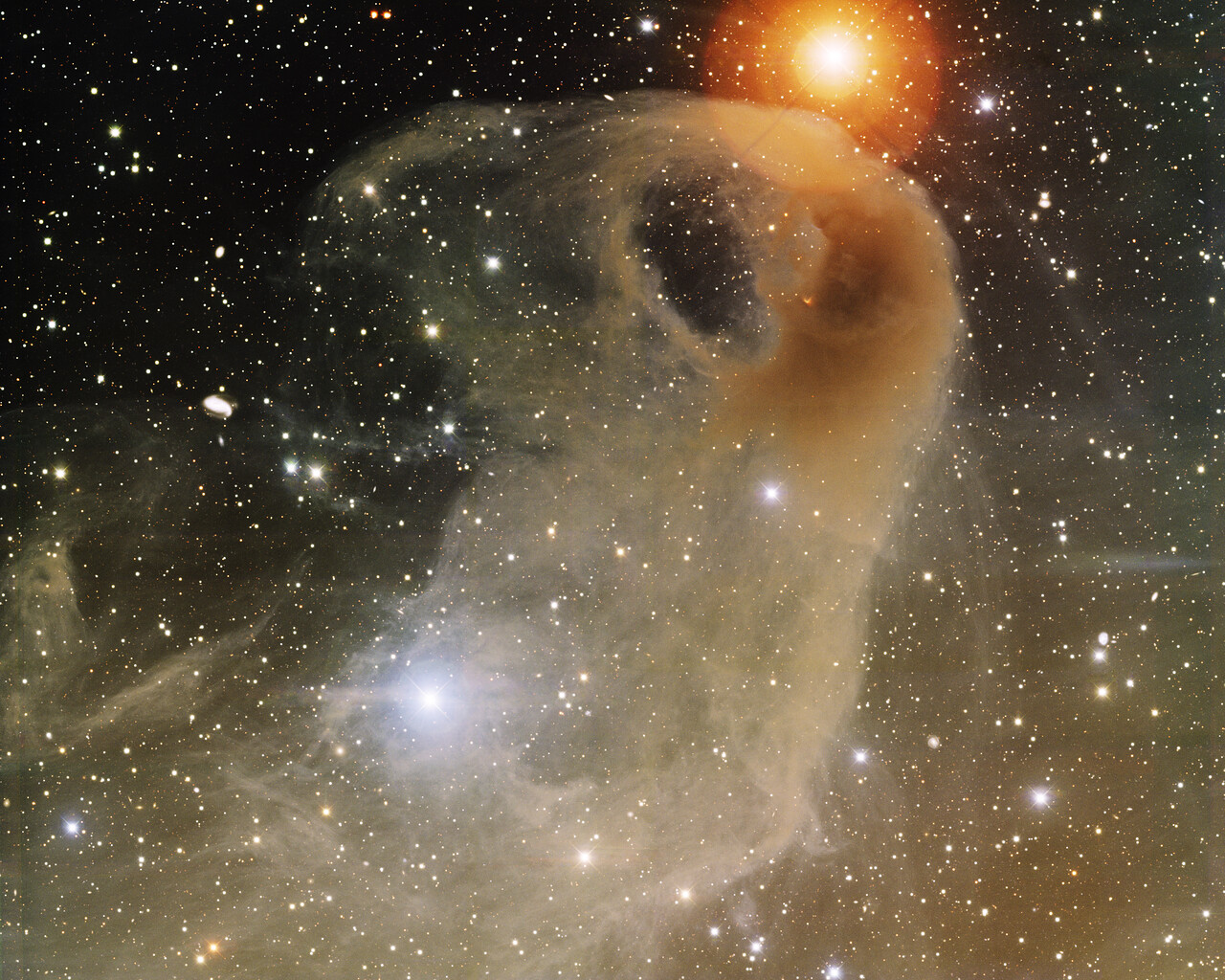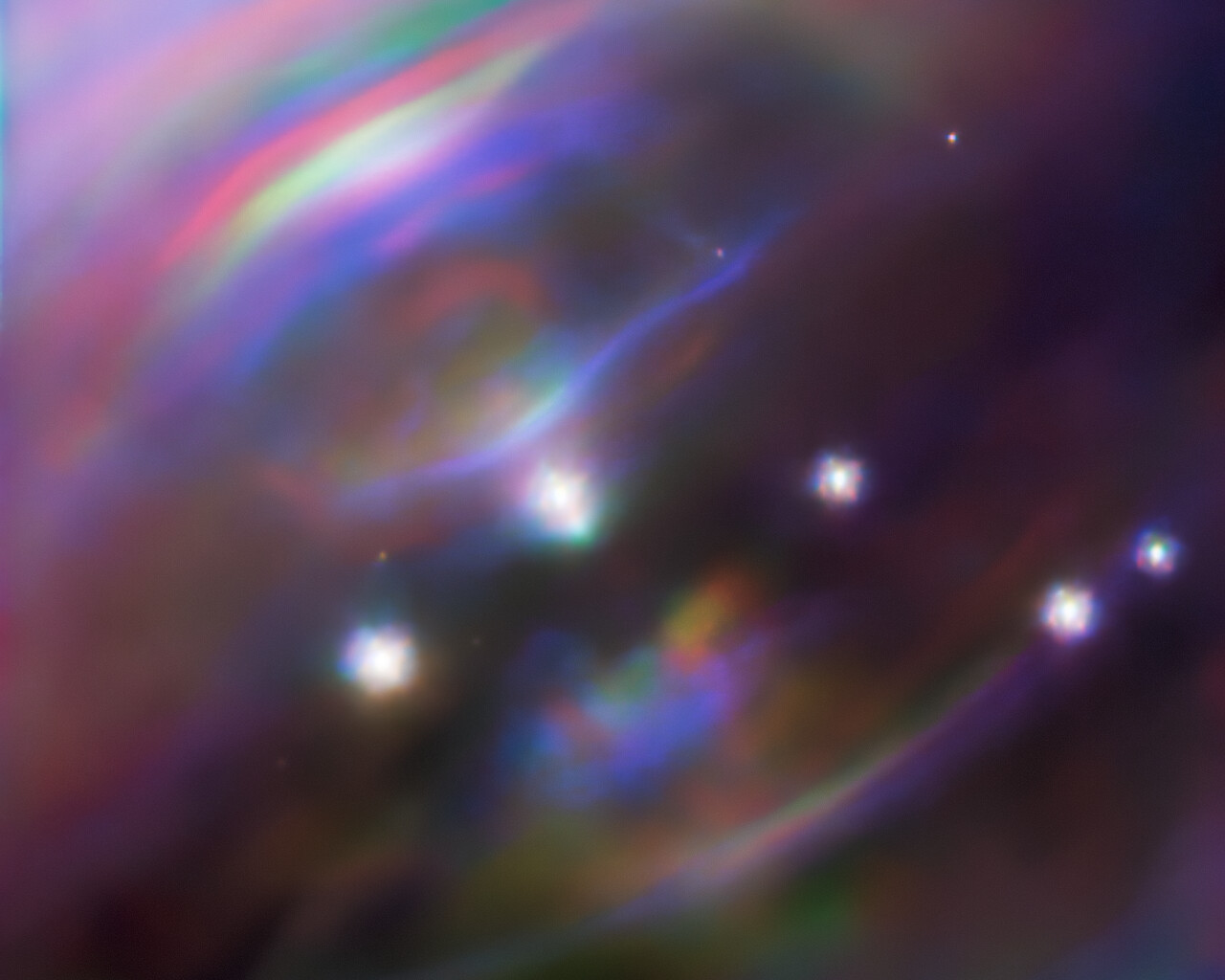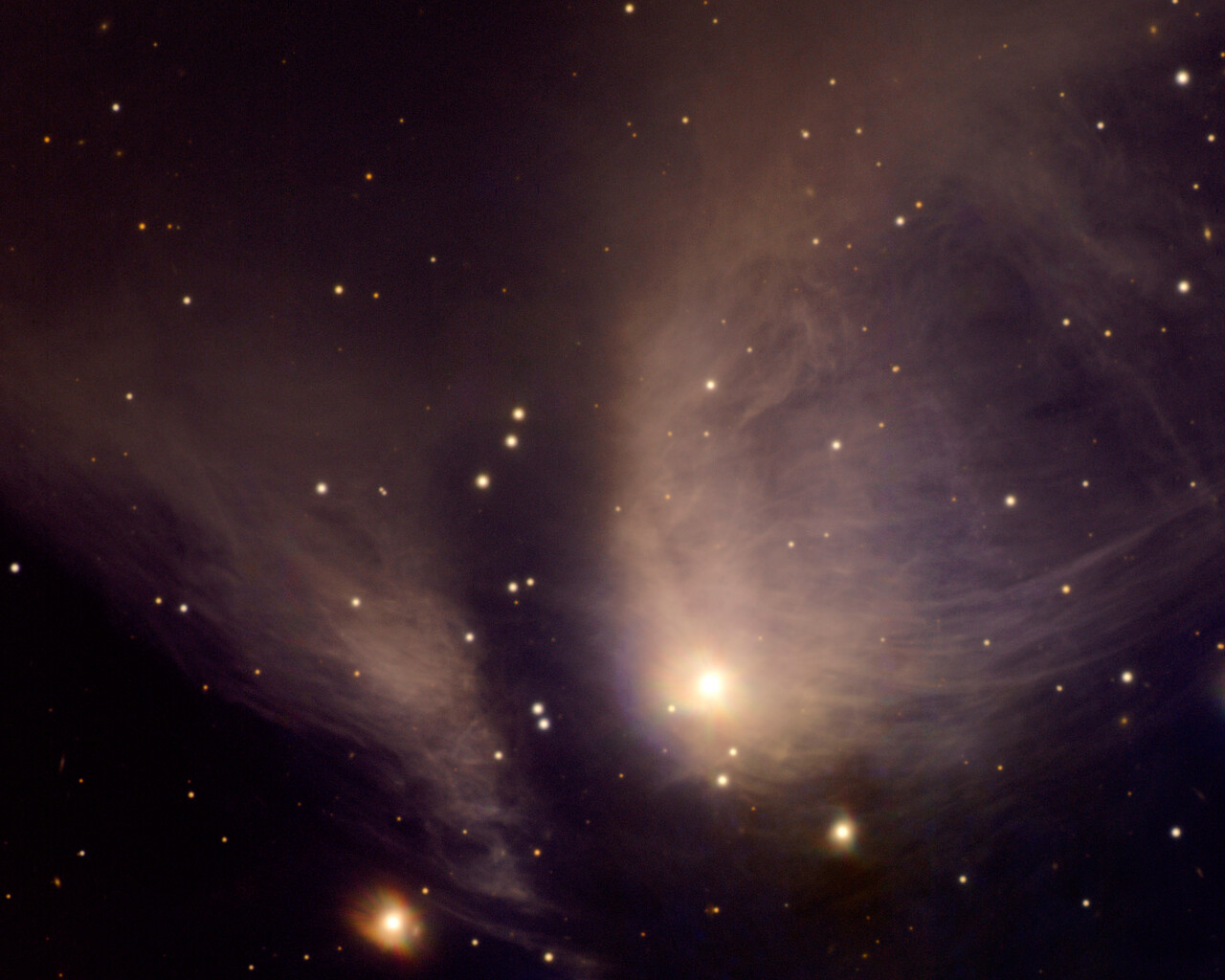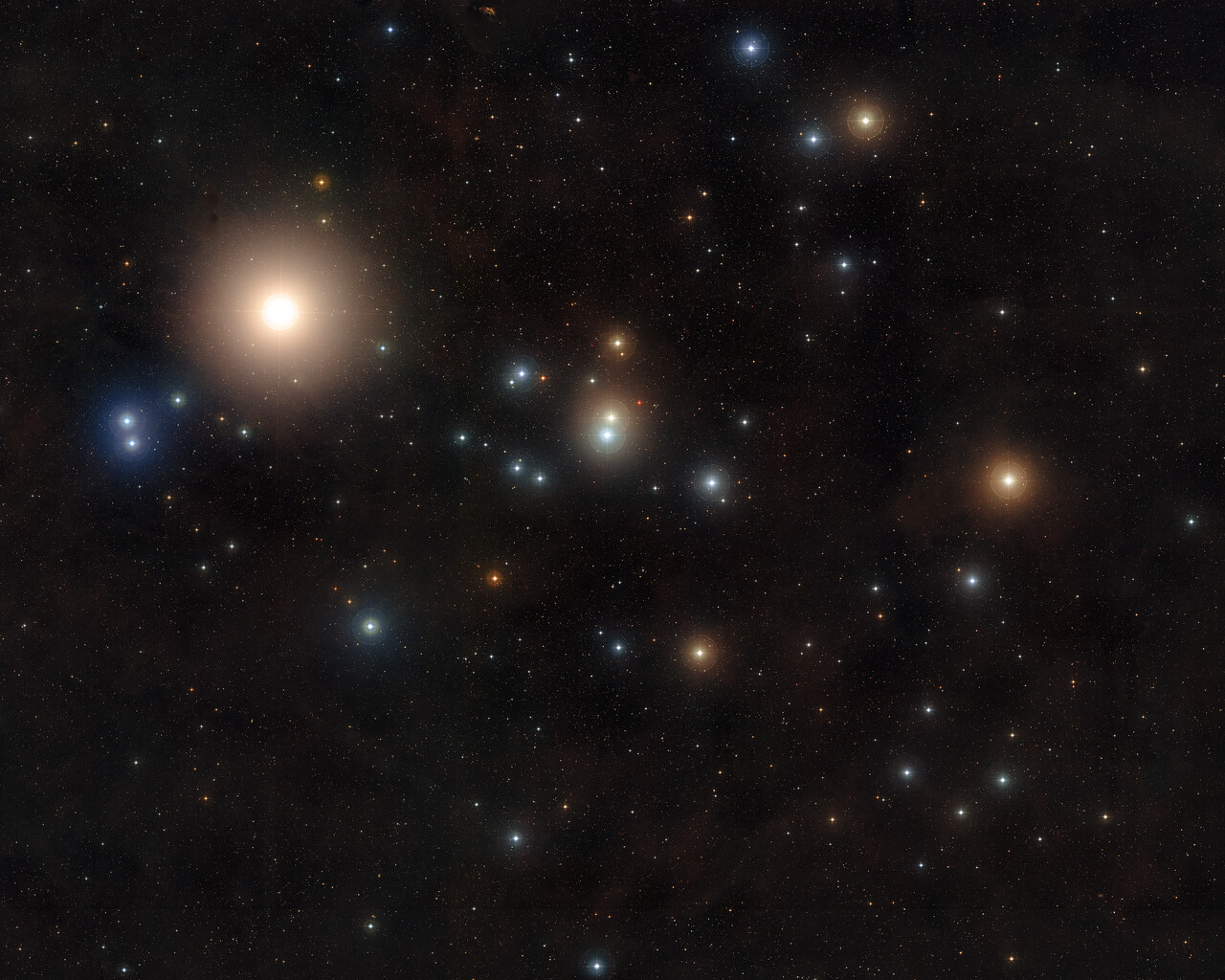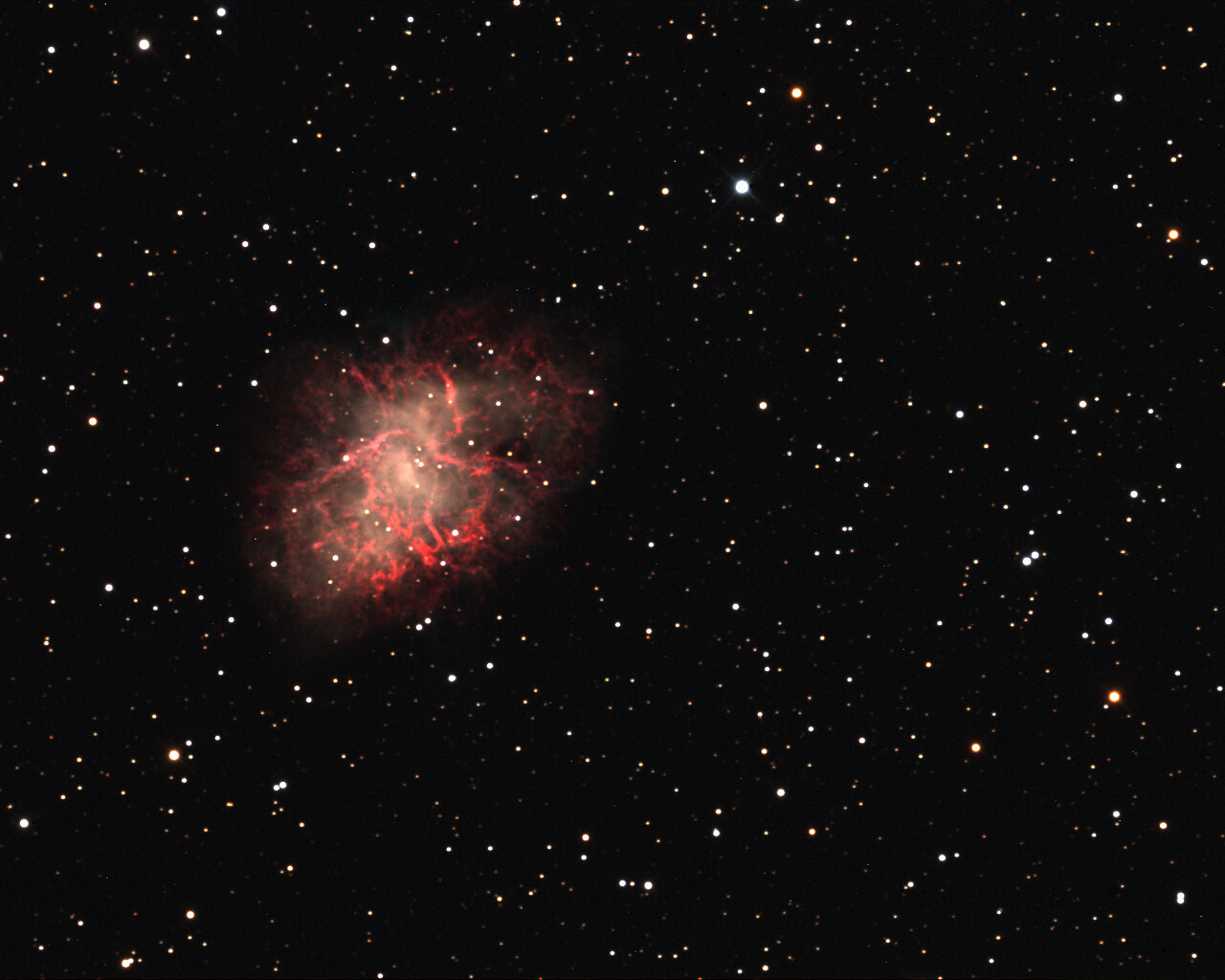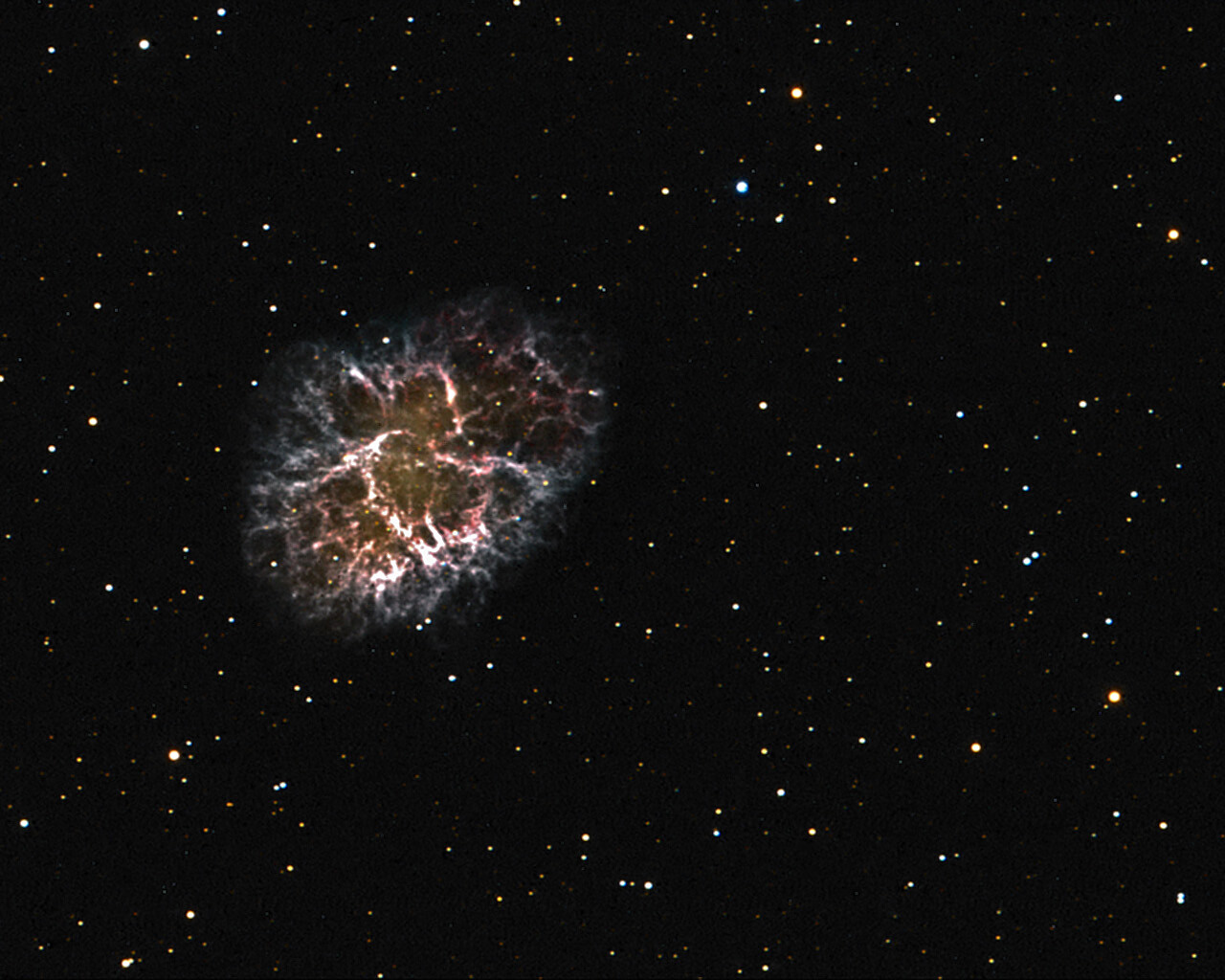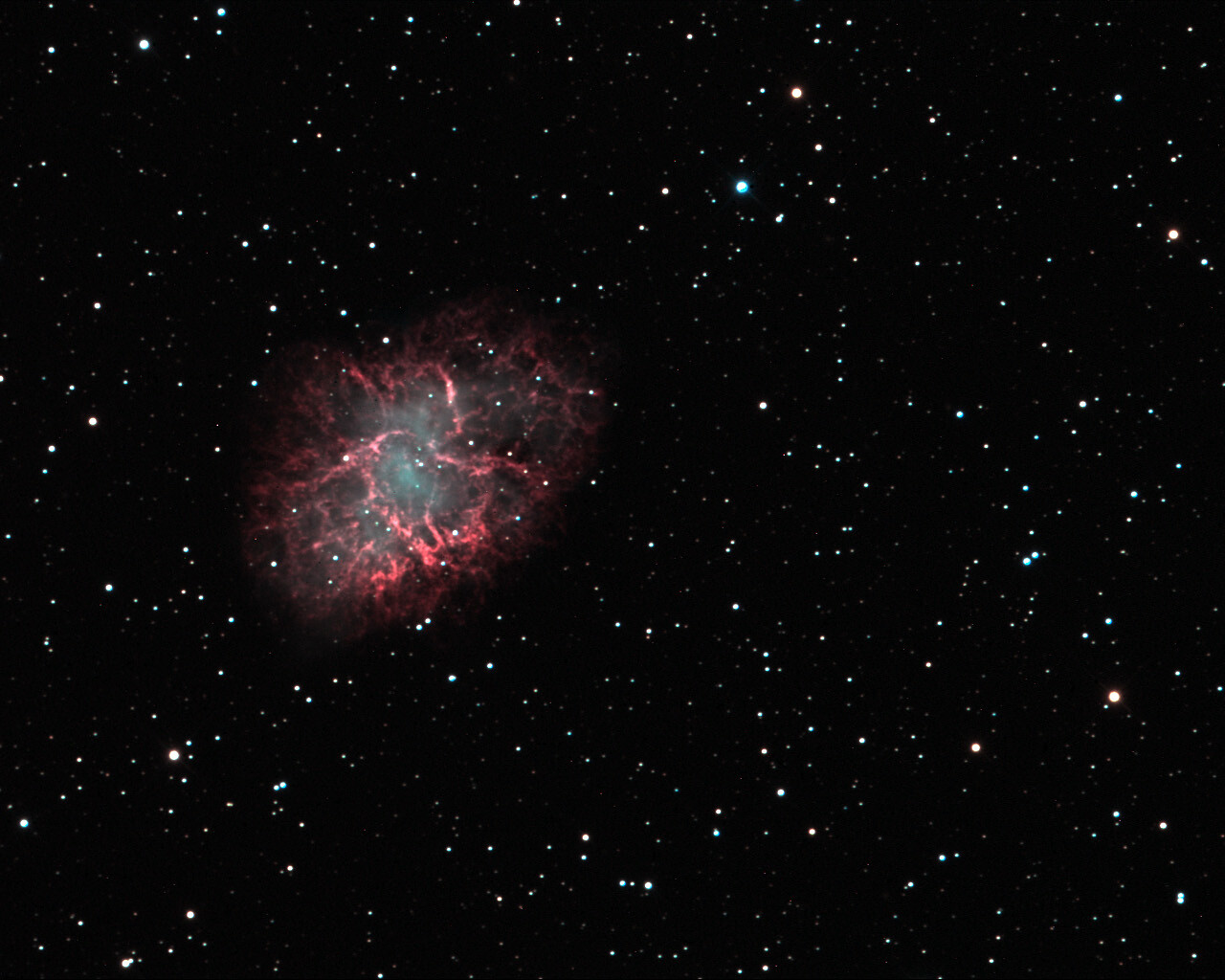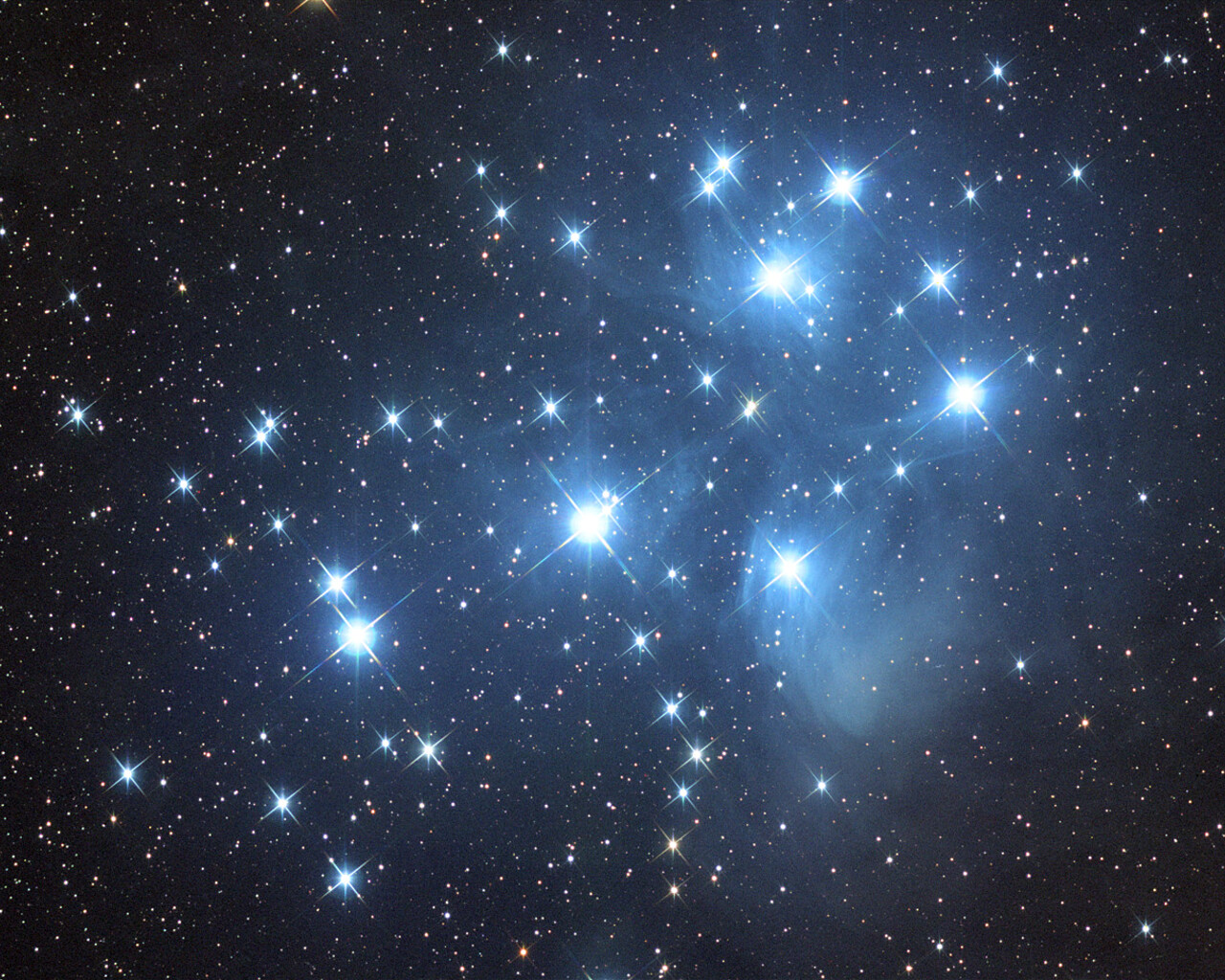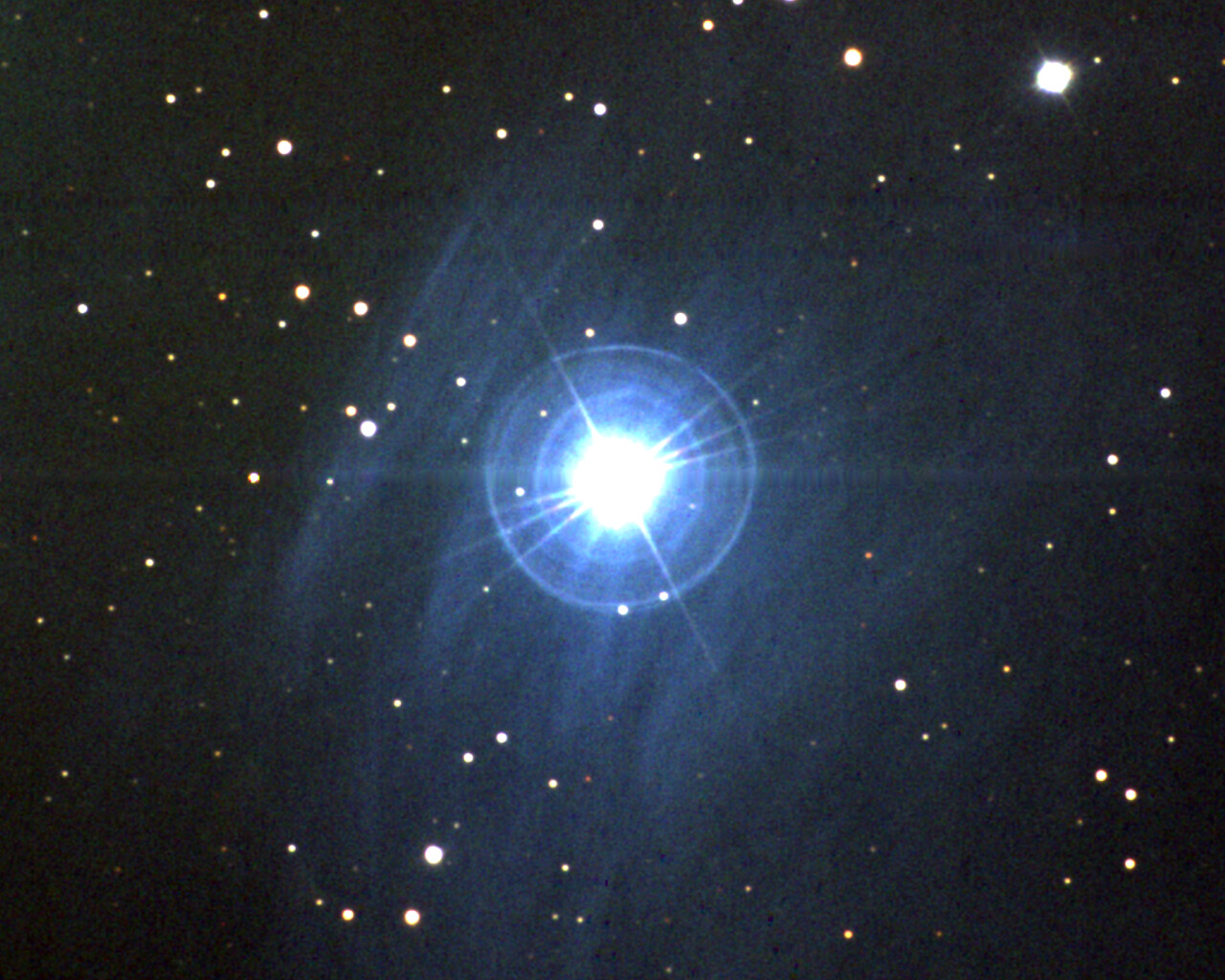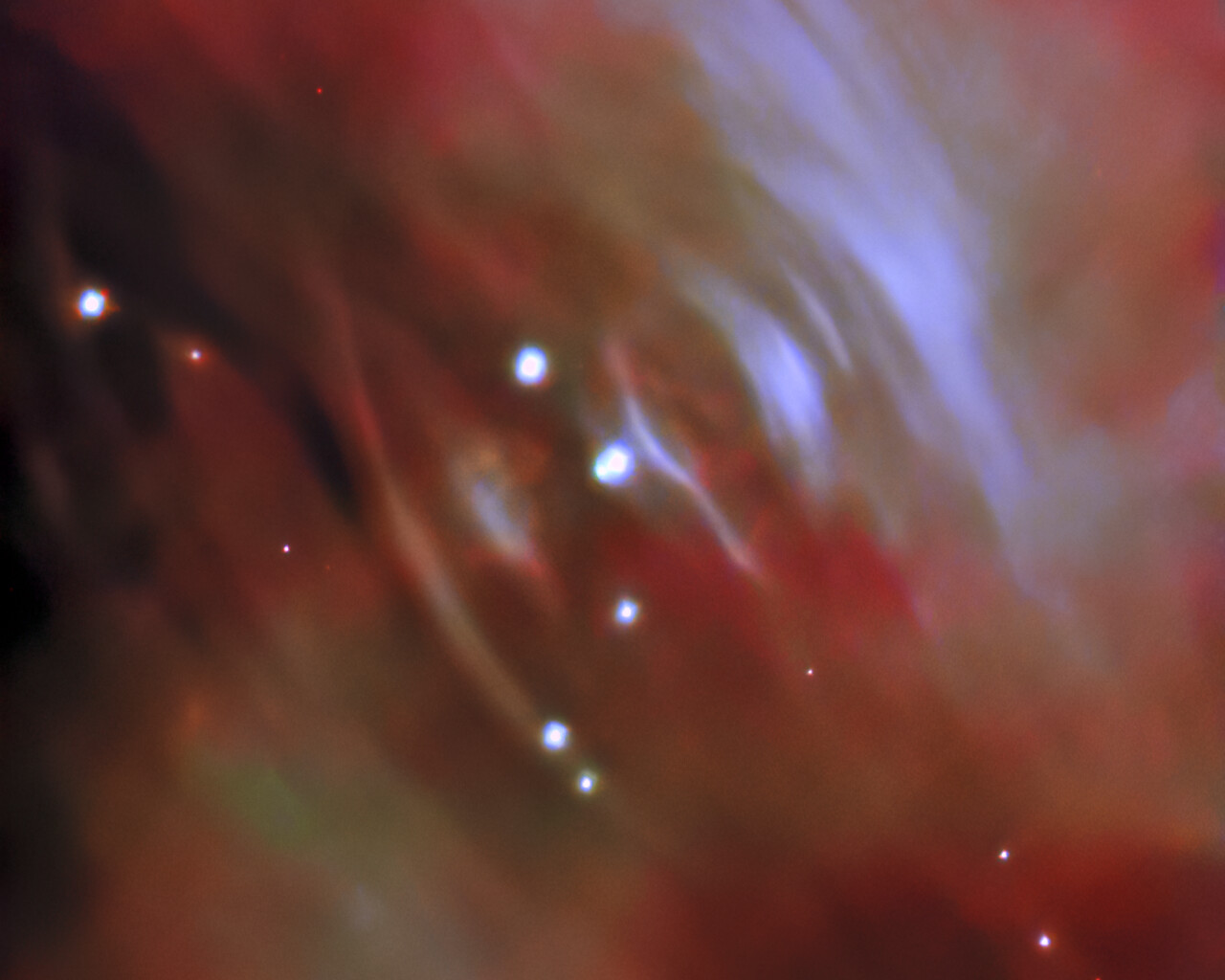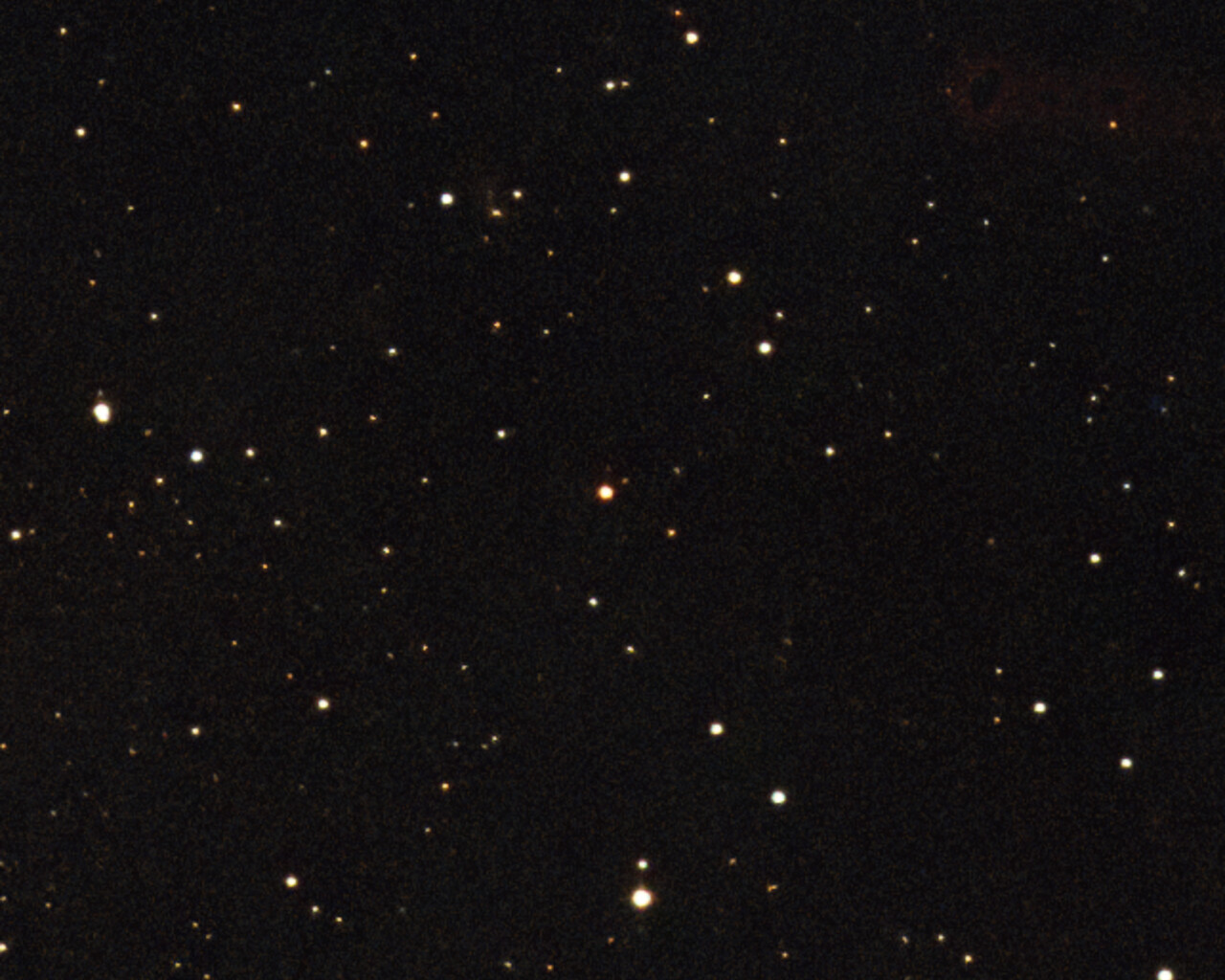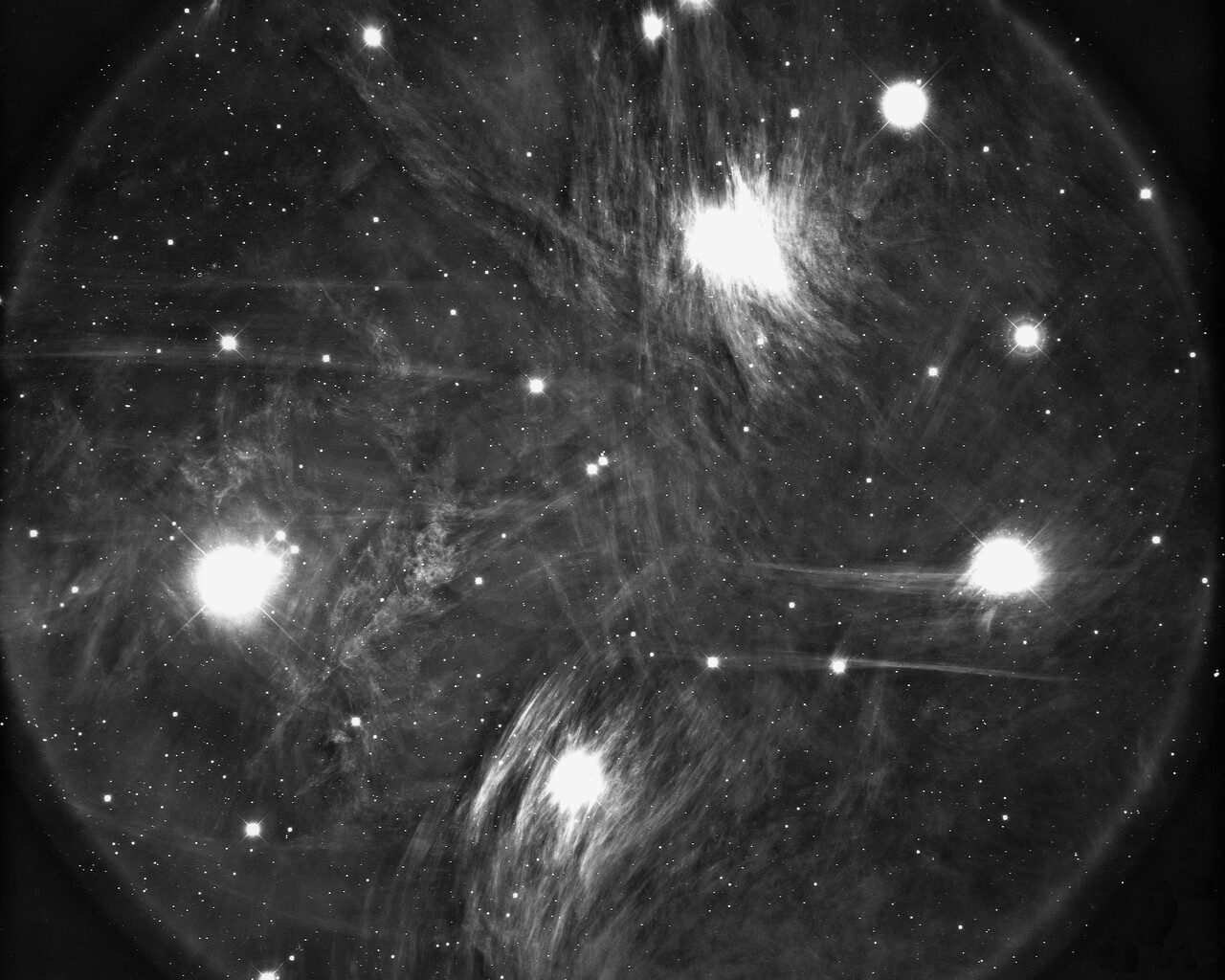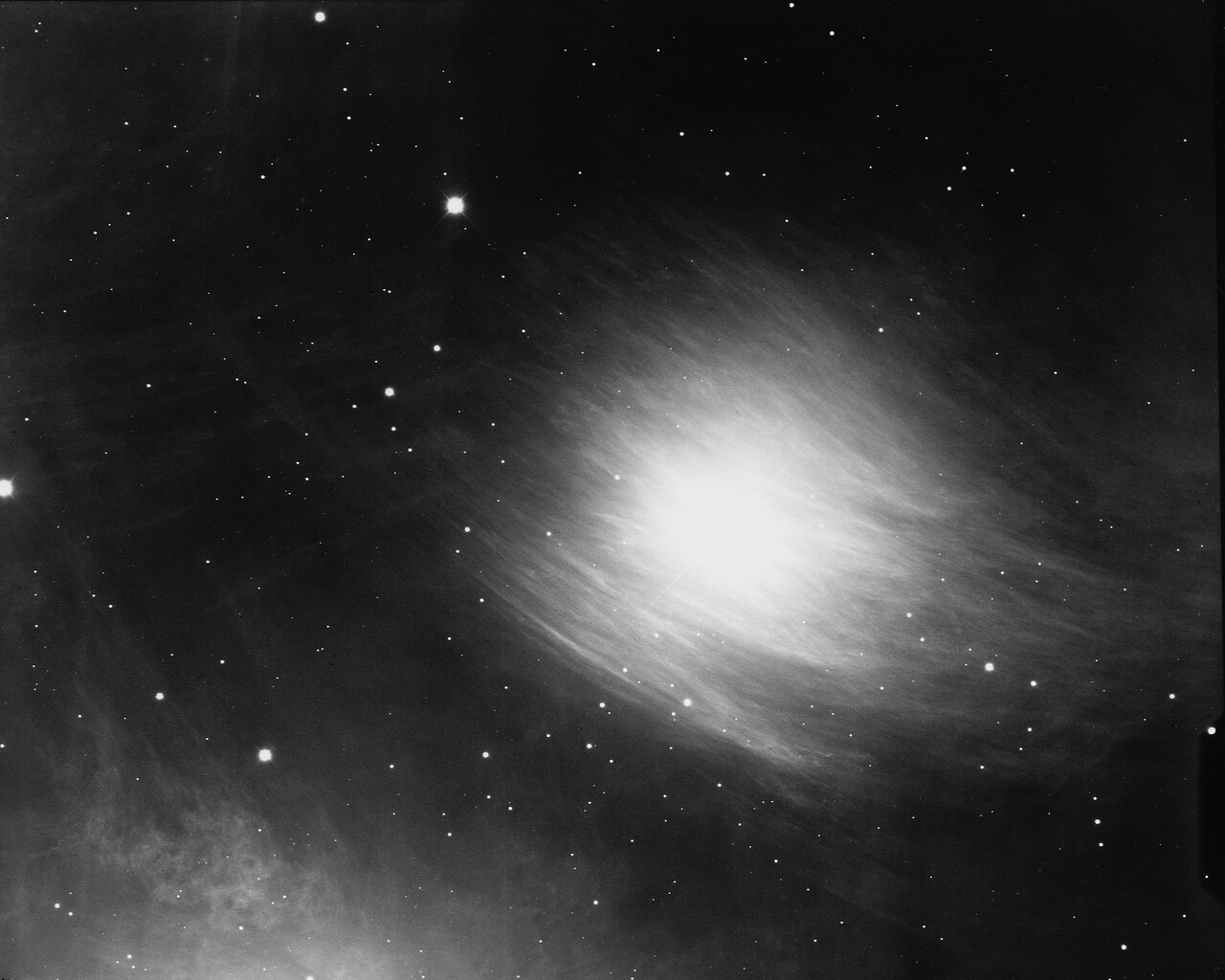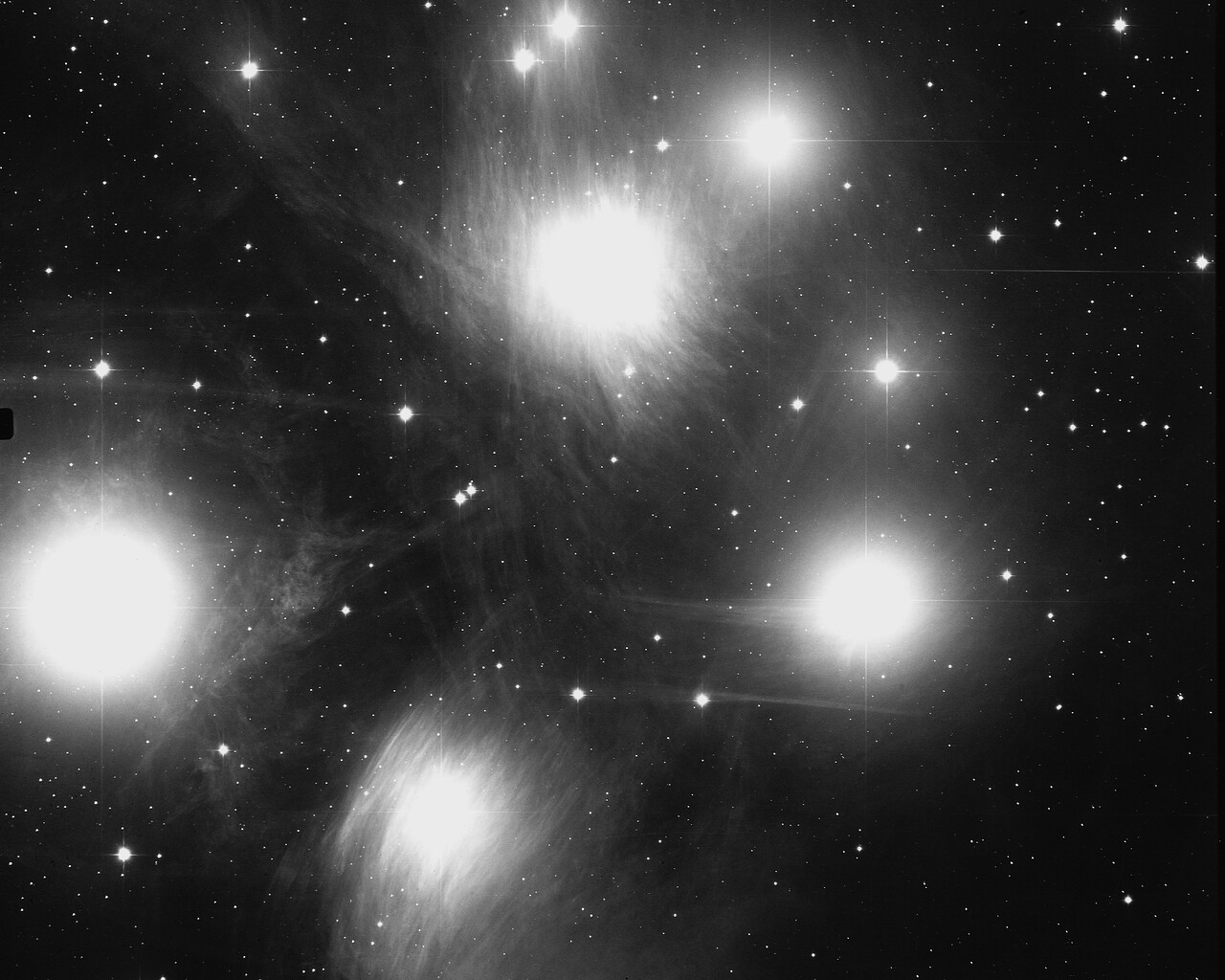Taurus
Origin
Taurus, one of the oldest and most recognizable constellations in the night sky, has its origins has its origin in ancient Sumer. It depicts The Bull of Heaven, a gigantic creature that was slaughtered by Gilgamesh, king of Uruk, to protect his people. Therefore it is depicted half in the sky. The Bull of Heaven was considered a gate-keeper for the Sun when it goes from the southern to the northern hemisphere (first constellation after spring equinox). Its counterpart in autumn is “the bull of the earth”, a metaphor for the scorpion. Therefore, Taurus and Scorpius are opposite each other in the zodiac.
In ancient Greek mythology, Taurus represents the bull from the story of the abduction of Europa, a beautiful Phoenician princess. According to the myth, Zeus, the king of the Greek gods, transformed himself into a magnificent white bull to seduce Europa and carry her away to the island of Crete. To honor this mythological event, the constellation Taurus was established, with its bright star cluster, the Pleiades, often associated with the Seven Sisters, representing the bull's shoulder. Taurus continues to captivate stargazers with its distinctive V-shaped pattern of stars, including the red giant Aldebaran, which marks the bull's fiery eye.
Bright Stars
Aldebaran (Alpha Tauri): Aldebaran is the brightest star in Taurus and is often referred to as the Eye of the Bull. It's an orange giant star and one of the brightest stars in the entire night sky.
Elnath (Beta Tauri): Elnath is a binary star system, and it marks one of the bull's horns.
Alcyone (Eta Tauri): Alcyone is the brightest star in the Pleiades star cluster. It's a hot, blue-white star and one of the Seven Sisters.
Pleiades (Seven Sisters): Although not individual stars, the Pleiades star cluster is a prominent and easily recognizable feature of Taurus. It consists of several hot, young stars and is often seen as a small, dipper-like grouping.
Theta Tauri (Tianguan): Theta Tauri is a double star system known as Tianguan in Chinese astronomy. It's relatively easy to separate with a telescope.


 Photo of the constellation Taurus produced by NOIRLab in collaboration with Eckhard Slawik, a German astrophotographer.
The annotations are from a standardized set of 88 western IAU constellations and stick figures from Sky & Telescope. Please find here a non-annotated version of the image.
Photo of the constellation Taurus produced by NOIRLab in collaboration with Eckhard Slawik, a German astrophotographer.
The annotations are from a standardized set of 88 western IAU constellations and stick figures from Sky & Telescope. Please find here a non-annotated version of the image.
Credit: E. Slawik/NOIRLab/NSF/AURA/M. Zamani
Notable Objects
Pleiades (Messier 45): The Pleiades, also known as the Seven Sisters, is an open star cluster easily visible to the naked eye and has been observed since ancient times.
Hyades Cluster: The Hyades is another open star cluster in Taurus, located near Aldebaran. It's the closest open cluster to Earth and is best observed with binoculars or a wide-field telescope to appreciate its V-shaped pattern.
Messier 1 (the Crab Nebula): The Crab Nebula is a supernova remnant and one of the most famous objects in the night sky. While it may appear as a faint smudge, it's worth observing with a small telescope.
NGC 1514 (the Crystal Ball Nebula): This planetary nebula is an intriguing target for amateur astronomers. It has a central star and a surrounding shell of gas and dust, creating a unique appearance.




